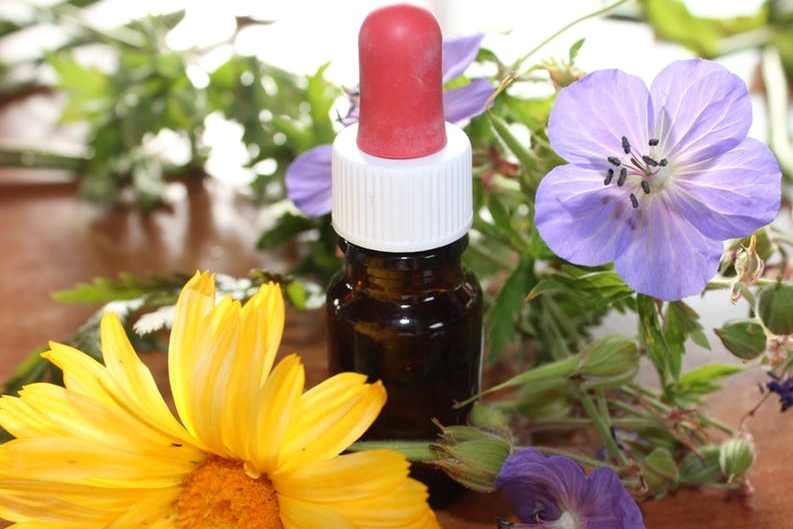Hashimoto's Thyroiditis (HT) is a disease that manifests as an organ-specific attack on the thyroid gland by our own immune system. HT is the most common thyroid disorder in America and affects 14 million people. Despite the prevalence of HT, it is often misdiagnosed or undetected, especially in the early stages of the disease. Symptoms can often be subtle or masked by another illness. Proper detection of the disease and treatment using Naturopathic techniques can arrest the disease and restore health before drastic drug intervention or even surgery is needed.
Thyroid hormones, produced by the thyroid gland in the neck, act as accelerators for metabolism and regulate vital body functions, such as breathing, heart rate, body weight, body temperature, cholesterol levels and many other processes. As the thyroid gland in the throat is degraded by inflammation, it will become underactive and lead to hypothyroidism. Hypothyroidism leads to a decreased metabolism and has implications on all body functions.
Symptoms
Patients with underlying Hashimoto’s disease can experience any of the following symptoms: anxiety, bloating, constipation, depression, fatigue, facial swelling, frequent urination, hair loss, increased colds or other infections, infertility, intolerance to cold temperatures, labored breathing, low libido or sexual dysfunction, menstrual cycle irregularities, muscle aches, thirst, skin changes, slow heart rate, and weight gain.
The Underlying Cause
Seventy percent of our body’s immune system is contained in the gut, which allows powerful surveillance against the large number of potential threats that enter through our mouth. Without this immune surveillance, infection or toxicity would occur very easily. Unfortunately, our immune system can also become tricked into attacking itself due to a heightened immune response. The Standard American Diet and Lifestyle that many people partake in causes the intestinal lining to be overly inflamed and damaged. Genetically modified, processed, and unhealthy foods both destroy the heathy bacteria in our gut and create holes in the lining of the gut called “leaky gut”. In addition, certain foods contain molecules called lectins that cause reactions to specific blood types. Normally undigested particles of food are not found in the blood, but when leaky gut continually allows food particles to pass through the gut lining into the blood, inflammation and increased potential for cross-reactivity to our own cells occurs.
Some of the most common causes for a disruption of the intestinal lining include antibiotic use, low gastric acid production, alcohol, dysbiosis (unbalanced gut flora), NSAIDs (including ibuprofen), nutrient deficiencies, excess stress and allergic foods such as gluten and dairy. Gluten, from grains such as wheat, rye, barley and spelt, is especially problematic for Hashimoto's thyroiditis because of its similarity of surface molecules on our own thyroid gland.
Detection
A Naturopathic or Functional Medicine approach for determining if a patient has HT includes a thorough intake of the patients past medical history and chief complaints, physical examination and laboratory testing. Testing includes a complete thyroid panel including anti-thyroid antibodies. Our immune system can produce antibodies against different parts of our thyroid gland including thyroid peroxidase, thyroglobulin and/or thyroid stimulating hormone receptors. In a minority of cases, patients may not have detectable antibodies against thyroid constituents, and in some cases antibodies will be present without the symptomology of Hashimoto's thyroiditis. This discrepancy underscores the need for a doctor who is trained to address the complexities of Hashimoto’s and other hypothyroid diseases.
Common screening tests don’t always detect early Hashimoto’s Thyroiditis. Even if your doctor suspects HT, the conventional practice is to wait until laboratory results indicate a clear dysfunction of the thyroid gland before treating with a replacement hormone.
Treatment
The conventional treatment of Hashimoto's disease is thyroid hormone replacement therapy with a drug such as Levothyroxine or Cytomel. Since administration of a replacement hormone does not addresses the true cause of the disease, lifelong use of the hormone is usually recommended.
Naturopathic treatment provides an alternative to a lifetime of thyroid hormone replacement therapy. Treating the cause of HT requires addressing all the contributors that led to the occurrence of the disease. Treatment includes a specific autoimmune diet, addressing nutrient deficiencies, supplementation to rebalance the immune system, gut flora, stress hormones and antioxidants, lifestyle changes, detoxification and stress management. If you suspect you have Hashimoto’s thyroiditis or other autoimmune disease, don’t hesitate to contact Dr. Sean Foss for consultation.







